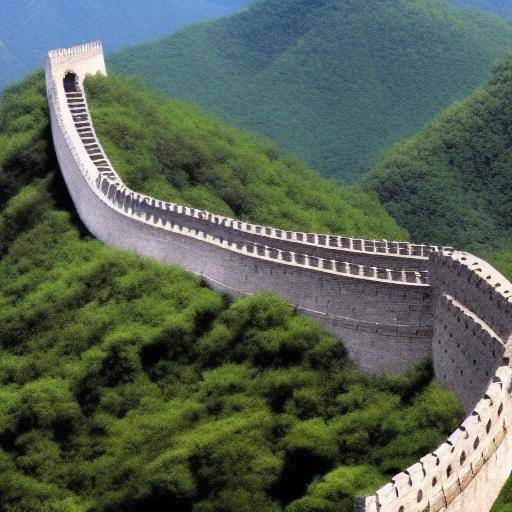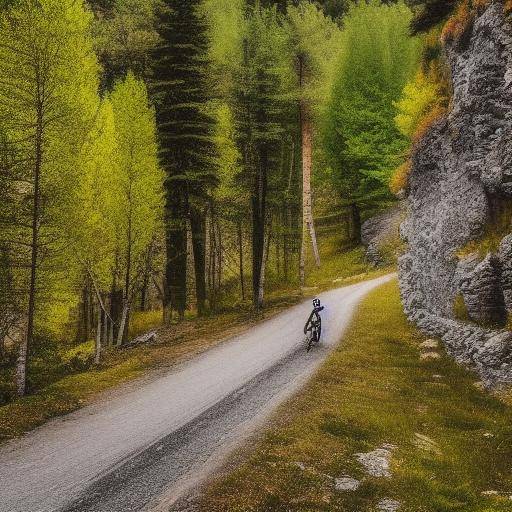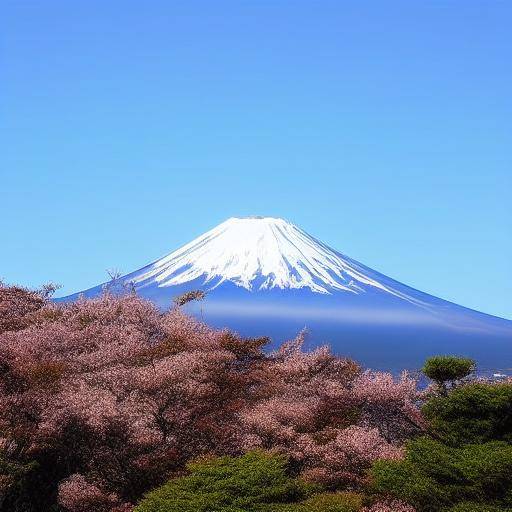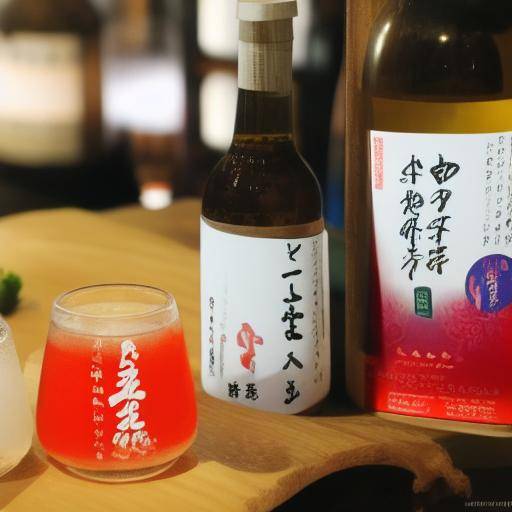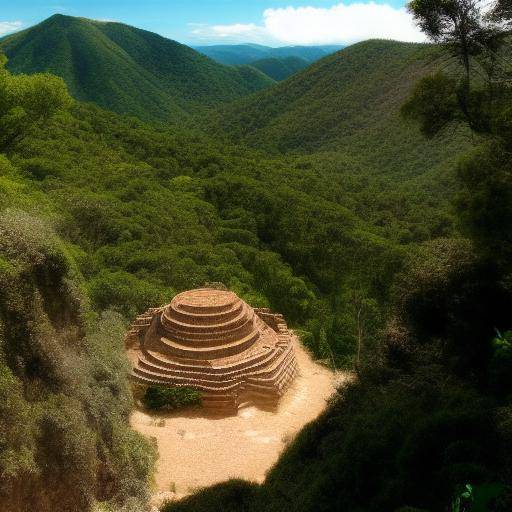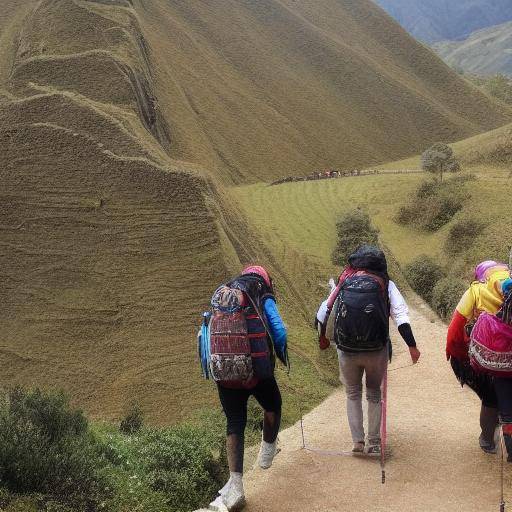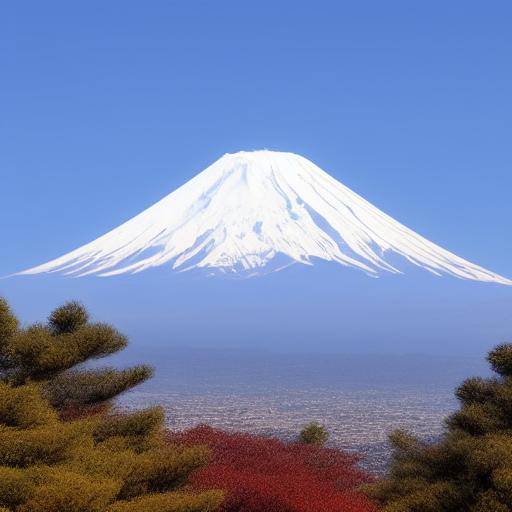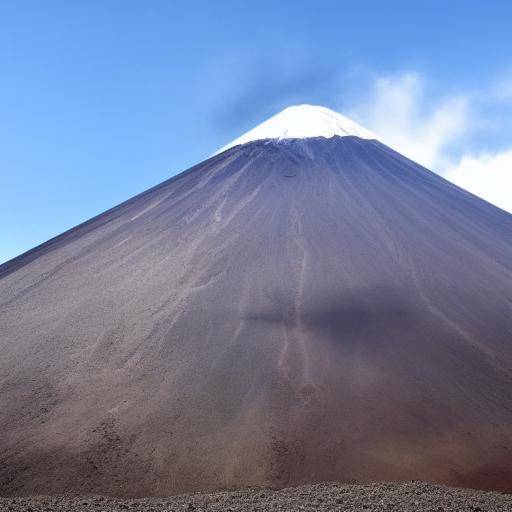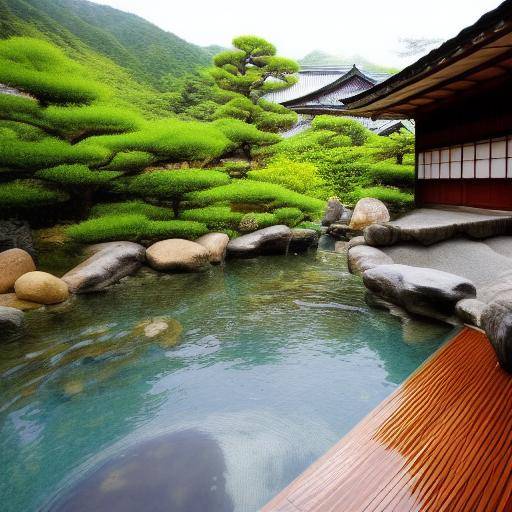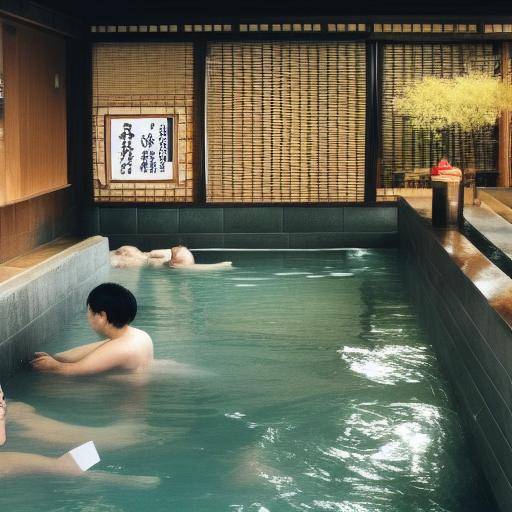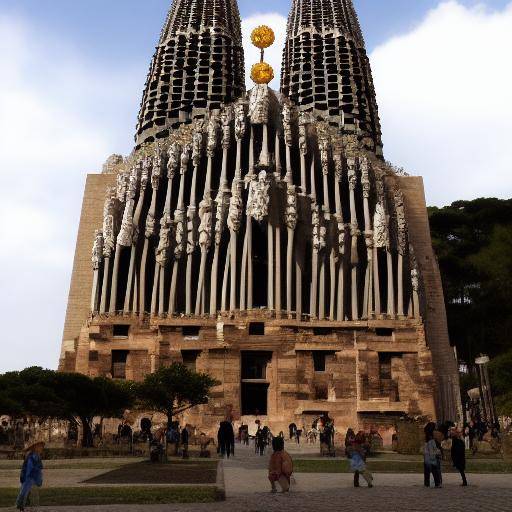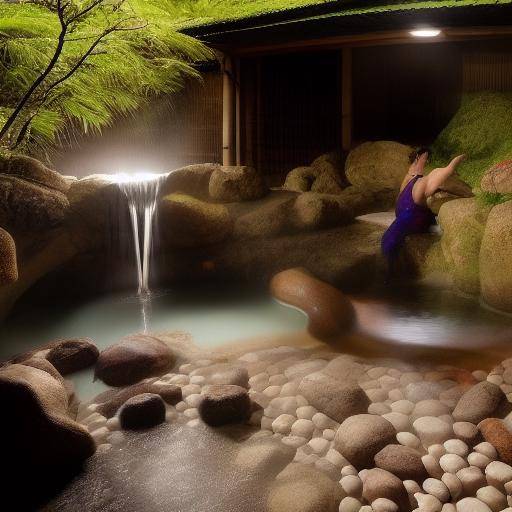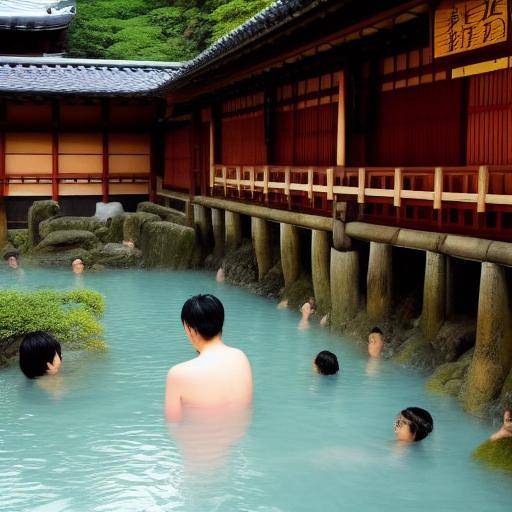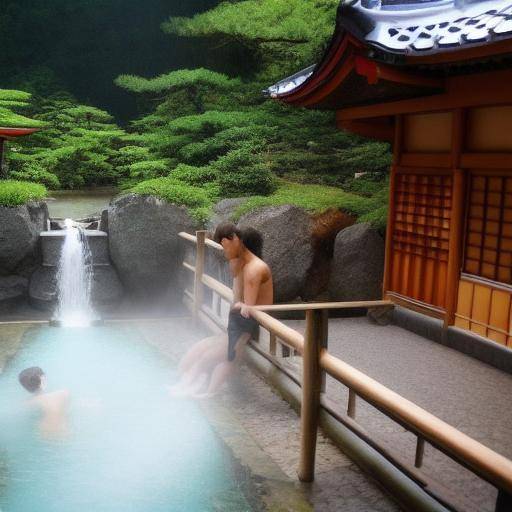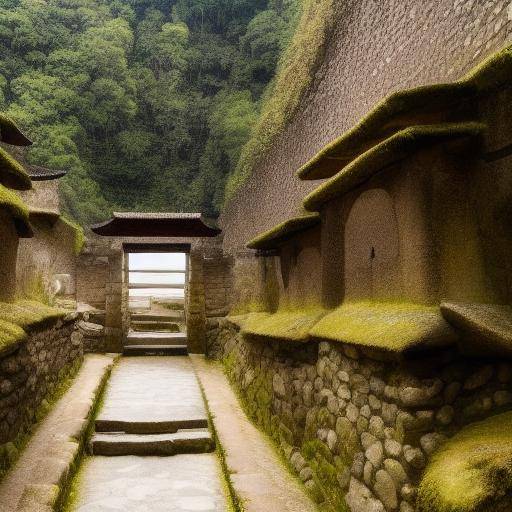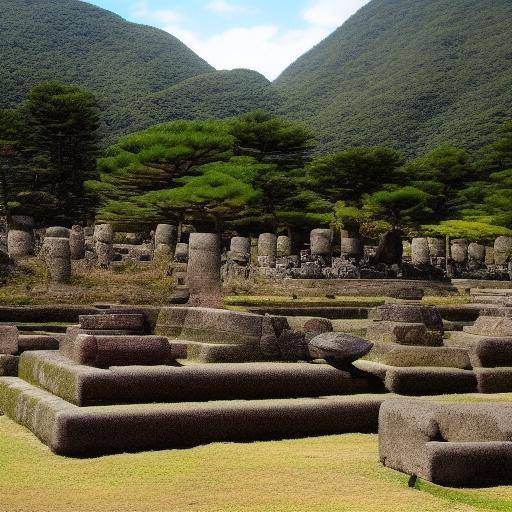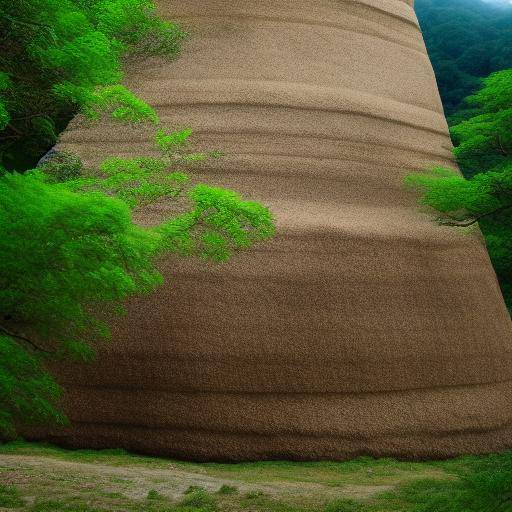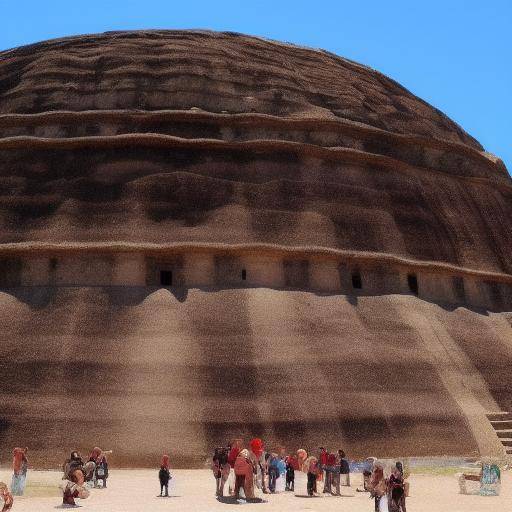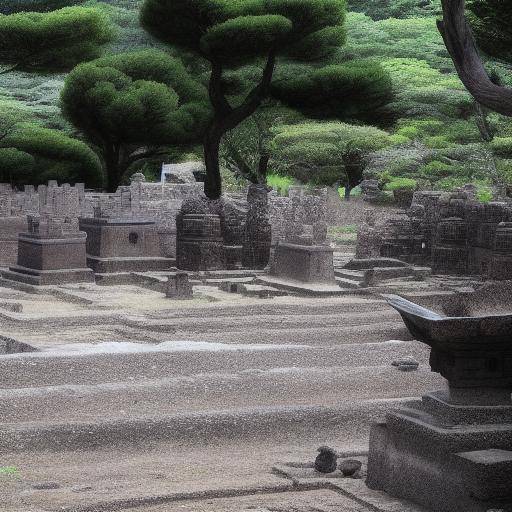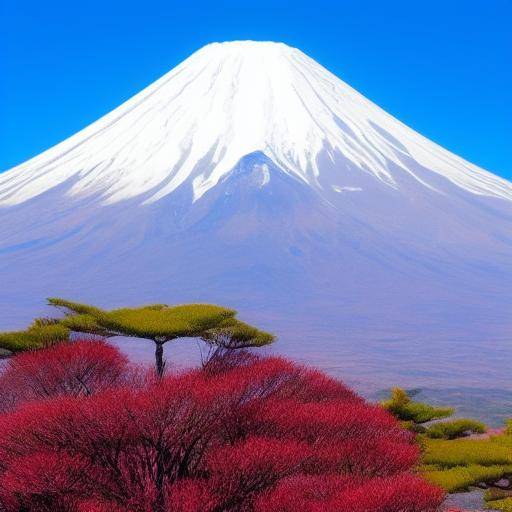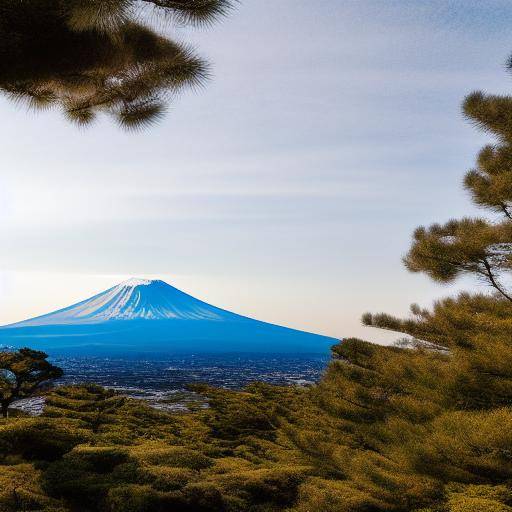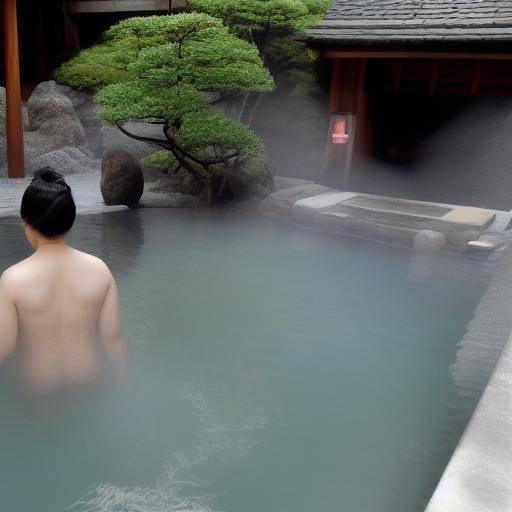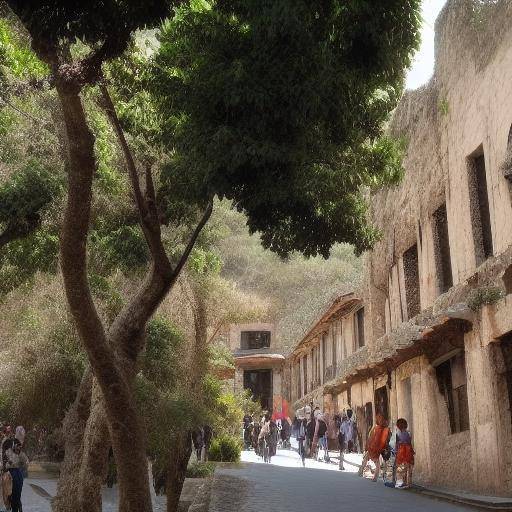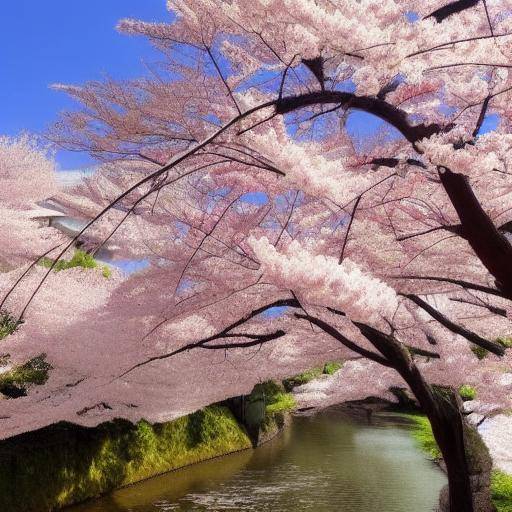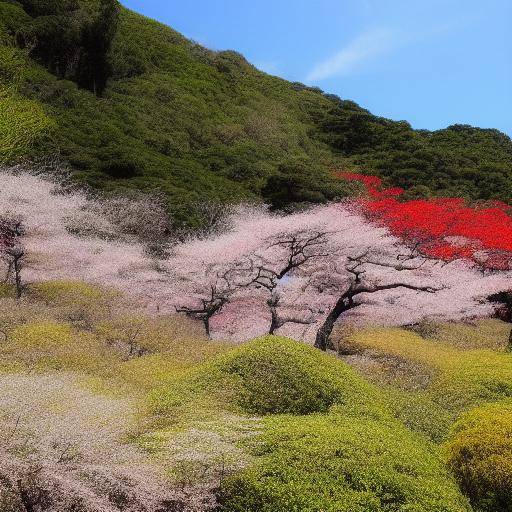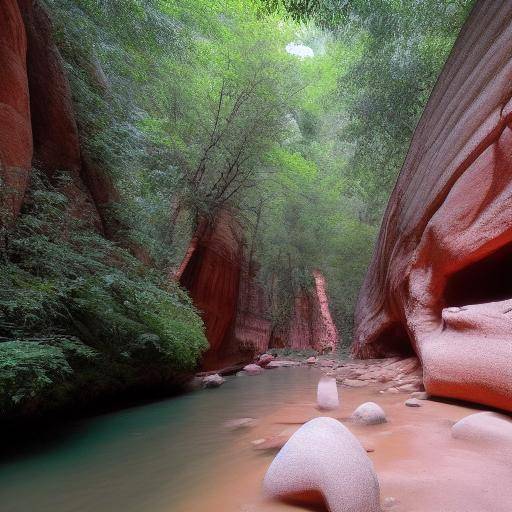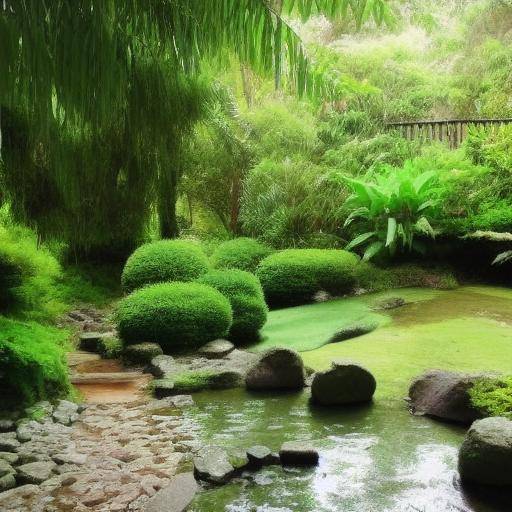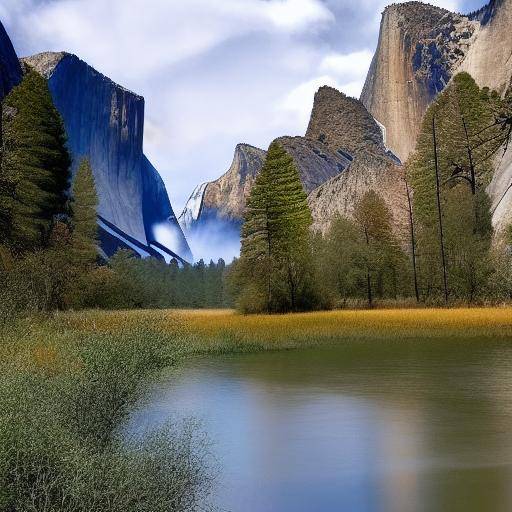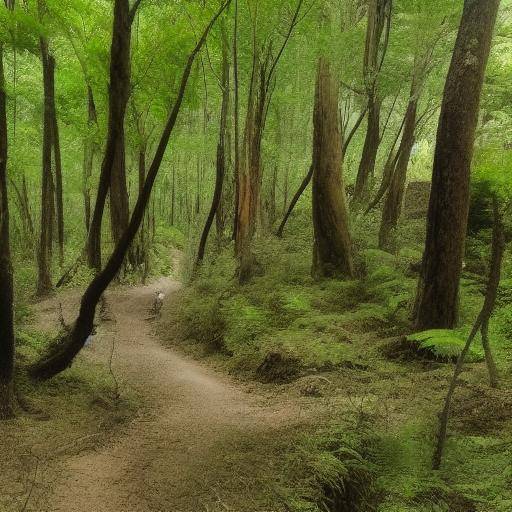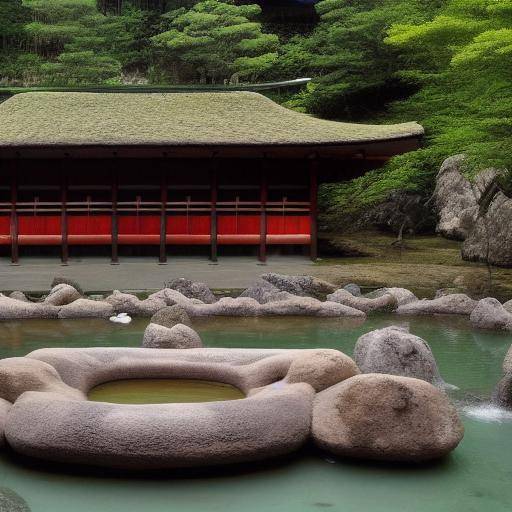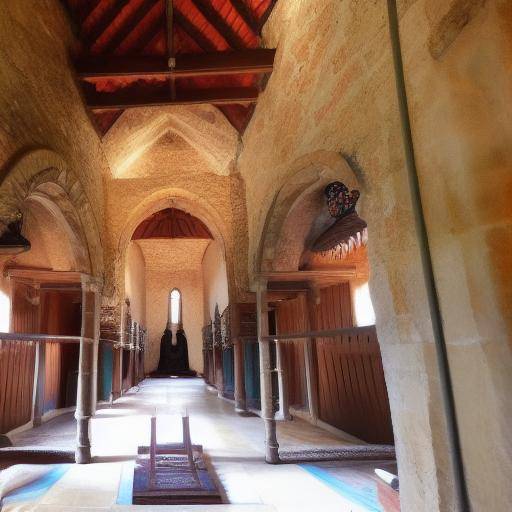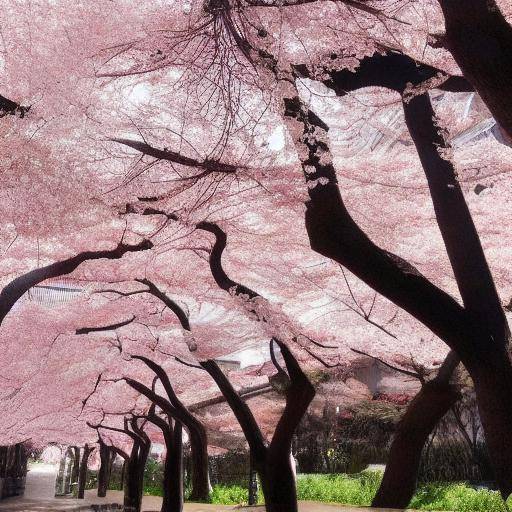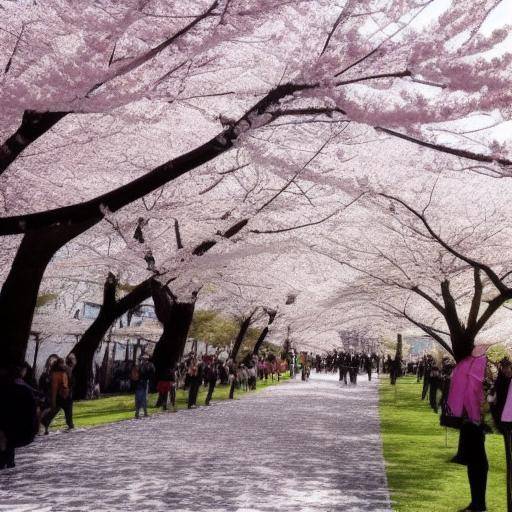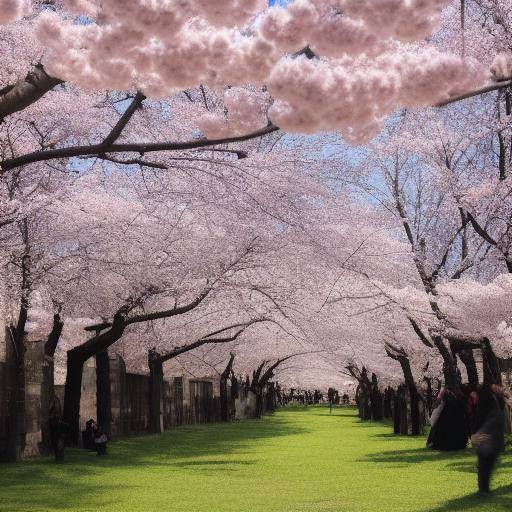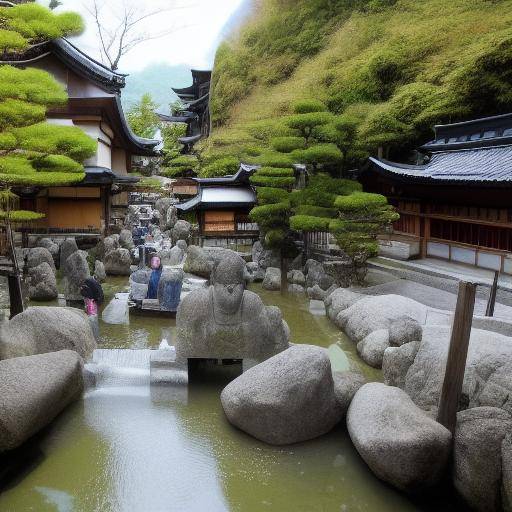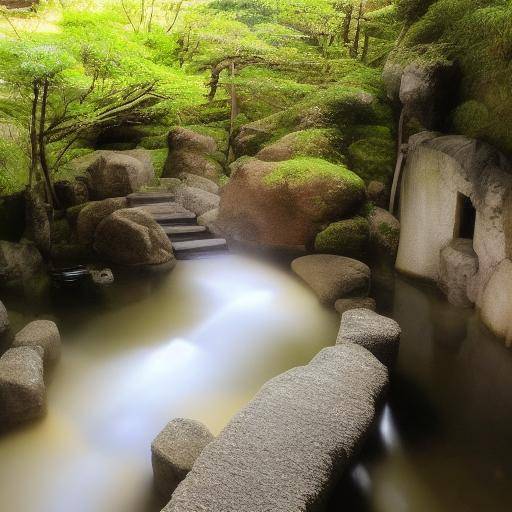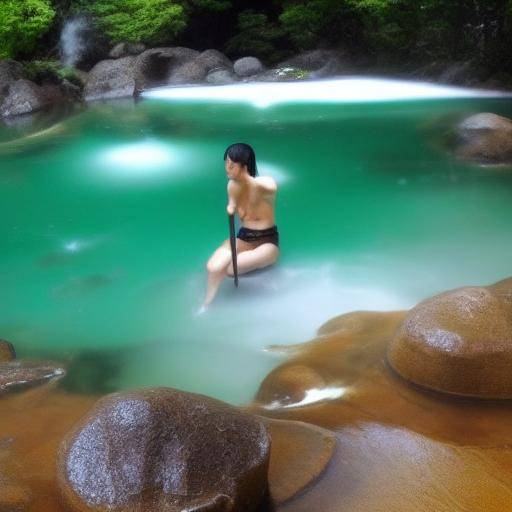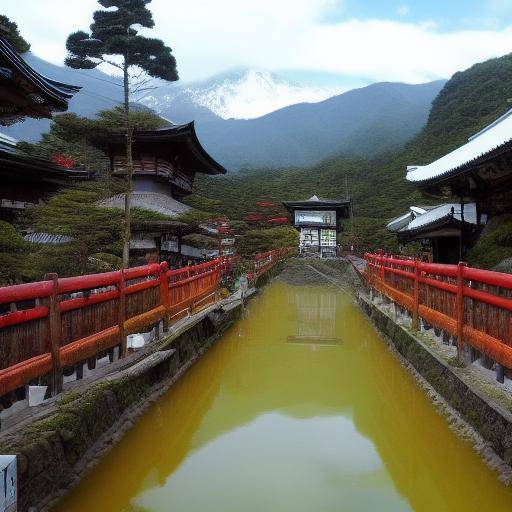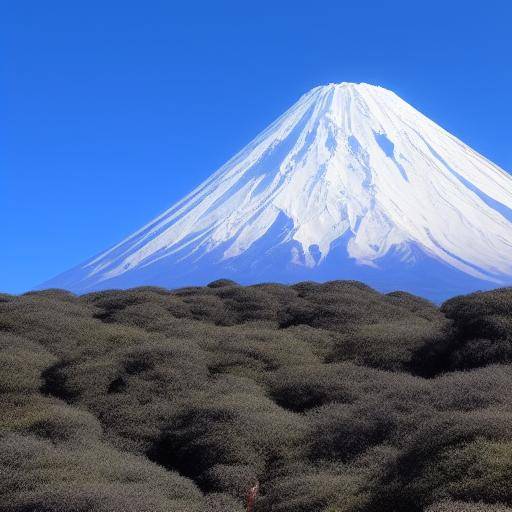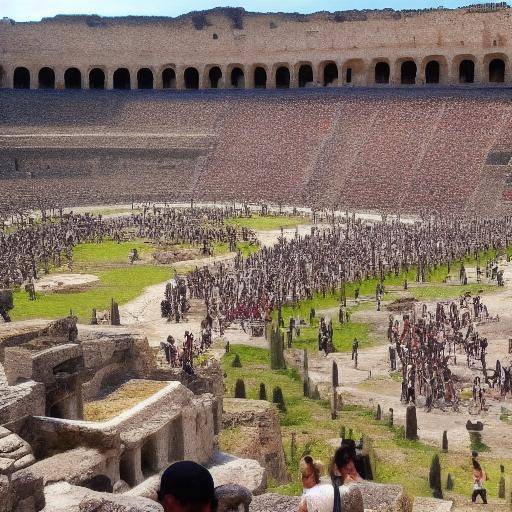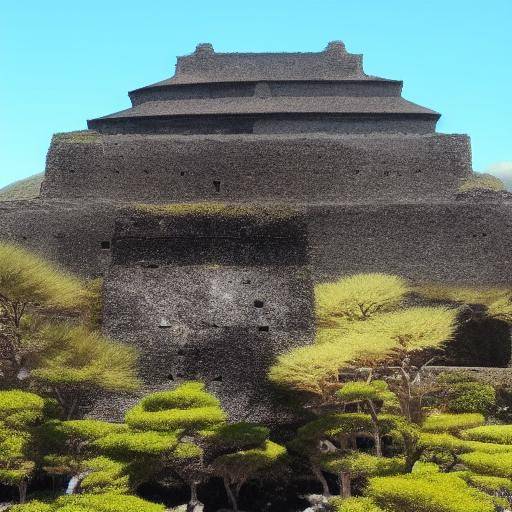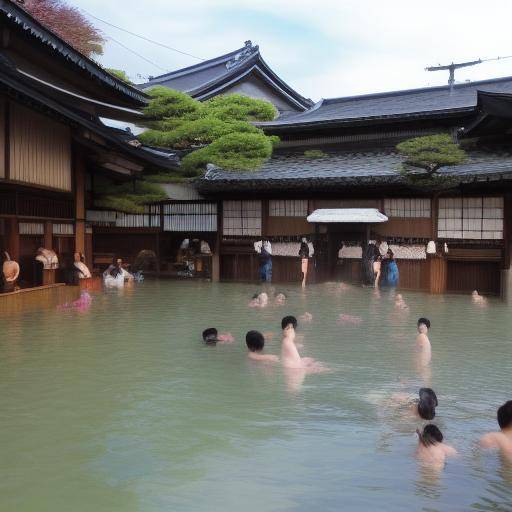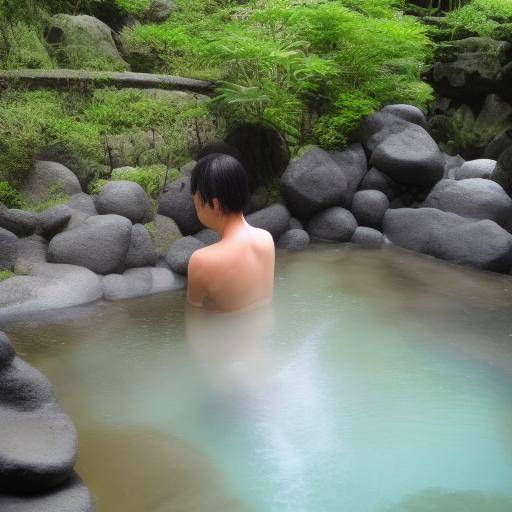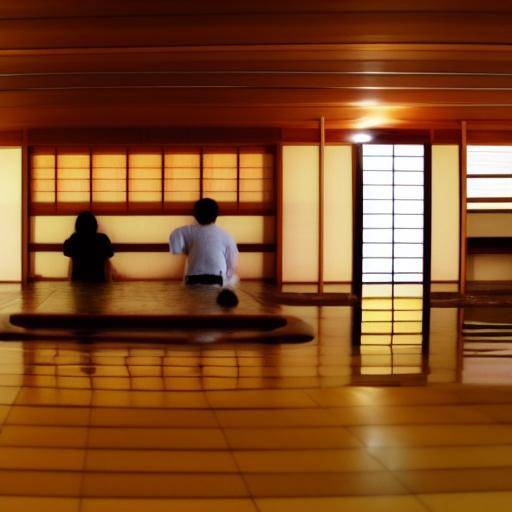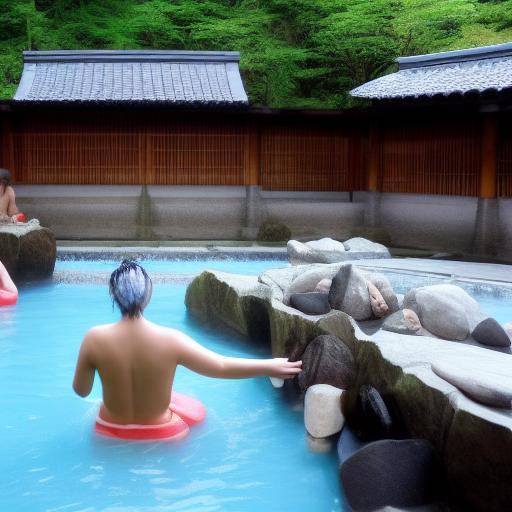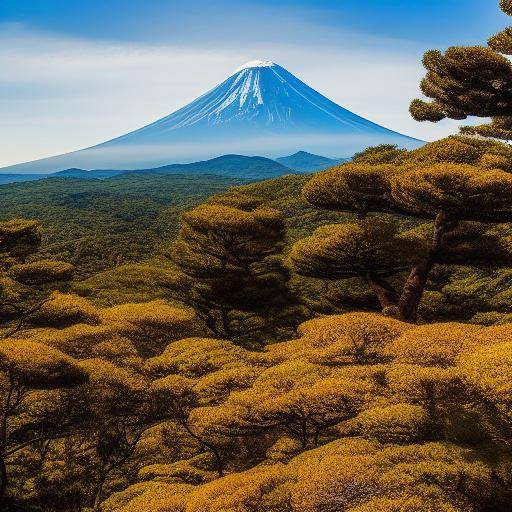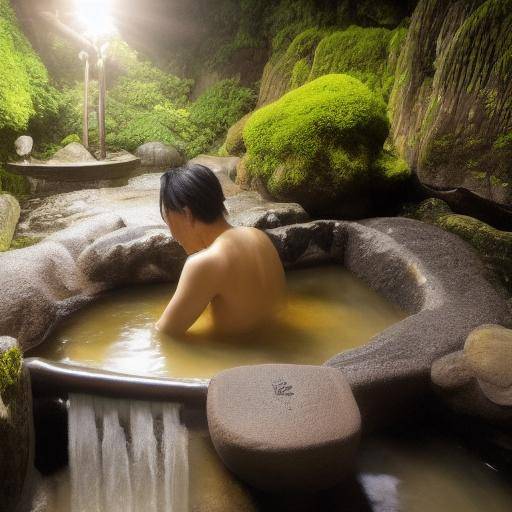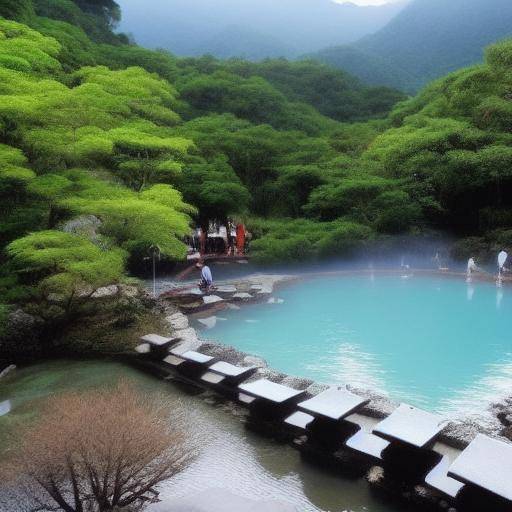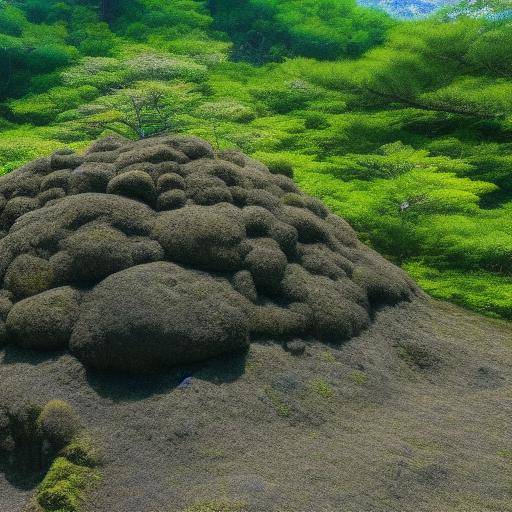
Mount Fuji, known as Fuji-san in Japanese, stands out as one of Japan's most revered symbols. With an impressive height of 3,776 metres, this majestic volcano is just 100 kilometres south-west of Tokyo on the island of Honshu. Its impressive scenic beauty, historical and cultural importance, and its numerous hiking trails make it an indispensable attraction for travelers and nature lovers.
Introduction
Mount Fuji, recognized as Japan's most emblematic volcano, attracts millions of visitors every year. In this complete guide, we will explore history, natural beauty, hiking trails and the rich culture surrounding this emblematic place. We will also provide practical advice for those who wish to undertake the adventure of exploring Mount Fuji. We will discover the unique fusion of nature and tradition that makes this volcano such a special destination for travelers from around the world.
History and Background of Mount Fuji
Mount Fuji has a rich history dating back centuries. Considered a sacred site in Japanese culture, this volcano has been a source of inspiration for poets, painters and artists over the years. From its geological formation to its impact on Japanese culture, the story of Mount Fuji is fascinating and deserves to be explored in detail.
Mount Fuji, or Fuji-san in Japanese, is an active volcano located on the island of Honshu, Japan. With a height of 3,776 meters, it is the highest peak in the country and a site considered sacred in the shintoist tradition. UNESCO designated it as a World Heritage Site in 2013 due to its cultural importance.
Geological training
Mount Fuji is a compound volcano formed over 100,000 years ago. His last significant eruption occurred in 1707 during the Edo period. This eruption, known as the Hōei eruption, deposited ashes in Tokyo and altered the shape of the volcano, creating an additional crater on its southern slope.
Meaning of Cultural and Spiritual
Mount Fuji has been a place of pilgrimage for centuries. In the shintoist religion, it is considered that the mountain houses the goddess Sengen-Sama, deity of nature and volcanoes. The pilgrims ascended the mountain to approach the divine and purify themselves spiritually. In addition, Mount Fuji has deeply influenced Japanese culture, appearing in numerous works of art, literature and poetry.
Mount Fuji in Art and Literature
Mount Fuji has inspired many artists, including the famous ukiyo-e recorders such as Katsushika Hokusai and Utagawa Hiroshige. The series of "Treinta and Six Views of Mount Fuji" by Hokusai is one of the most famous performances on the mountain. In literature, Mount Fuji appears in classics as "The Story of Genji" and has been a central theme in haikus and other forms of Japanese poetry.
Routes of Hiking and Ascense
Riding Mount Fuji is an unforgettable experience. There are several hiking trails that vary in difficulty and duration, each offering panoramic views and unique challenges.
Main routes
- Yoshida Trail: The most popular and accessible route, especially for beginners. It starts at the Fifth Station on the north side and offers numerous rest stations.
- Subashiri Trail: Known for its beautiful landscapes, this route combines woody sections and open volcanic areas.
- Gotemba Trail: The longest and least transited route. It is ideal for those looking for a more challenging and quiet experience.
- Fujinomiya Trail: The shortest and steepest route starts at the Fifth Station on the south side and is preferred by experienced climbers.
Ascenso Season
The official climbing season to Mount Fuji is from early July to early September. During this period, the routes are open, and mountain shelters and first aid services are available.
Culture and Tradition at Mount Fuji
Mount Fuji is not only a hiking destination, but also a deeply rooted place in Japanese culture and traditions. Throughout the year, various festivals and rituals are held in honor of the mountain and the associated deities.
Festivals and Celebrations
- Yoshida Fire Festival (Yoshida no Himatsuri): Celebrated in late August, marks the end of the climbing season. During the festival, parades are held with torches and rituals of purification.
- Fujisan Hongū Sengen Taisha: This sanctuary, located at the base of Mount Fuji, is one of the most important shintoist sanctuaries dedicated to the deity of the mountain. It is the traditional starting point for pilgrims.
Arts and Crafts
In cities and towns around Mount Fuji, visitors can find numerous shops selling local crafts such as ceramics, textiles and mountain-inspired prints. In addition, the region is famous for its thermal waters (onsen), which offer a relaxing way to enjoy the views of Mount Fuji.
Practical Tips for Visitors
To maximize the experience at Mount Fuji, it is essential to be well prepared. Here are some practical tips:
Preparation and Equipment
- Suitable clothing and shoes: Dress layers to adapt to temperature changes and make sure you wear resistant hiking boots.
- Essential supplies: Take enough water, energy, sunscreen and first aid kit.
- Permits and Regulations: Although no special permit is required to climb, it is advisable to register in the visitor centers for security.
Accommodation
- Refuges of Mountain: Along the climbing routes, there are several shelters where climbers can rest and spend the night.
- Accommodation at the Base: In nearby cities such as Fujiyoshida and Fujinomiya, there are numerous hotels and ryokan (traditional houses) that offer comforts and cultural experiences.
Security considerations
- Physical State: Scaling Mount Fuji is physically demanding. Be sure to be in good physical condition and acclimatize properly.
- Climate conditions: The climate on the mountain can change quickly. Check the weather forecast and prepare for adverse conditions.
- Respect Nature: Follow the rules of the park and leave no trash. It respects local flora and fauna and prevents damage to the natural environment.
Industry Perspectives and Expert Reviews
Sustainable tourism is crucial to preserving the beauty and environment of Mount Fuji. Tourism and conservation experts highlight the importance of responsible practices to minimize environmental impact.
Interviews and Dating
- Taro Yamada, Expert in Sustainable Tourism: "The preservation of Mount Fuji requires a joint effort between tourists, local communities and authorities. It is essential to promote responsible tourism to ensure that future generations can also enjoy this natural treasure. "
- Naoko Sato, Mountain Guide: "Scaling Mount Fuji is a transformative experience. However, it is crucial to respect regulations and prepare properly to ensure a safe and rewarding experience. "
Case Studies and Real Life Applications
Conservation efforts at Mount Fuji have resulted in successful initiatives that can serve as an example for other tourist destinations.
Conservation initiatives
- Waste Reduction Programme: Implementation of recycling stations and educational campaigns to reduce waste on the mountain.
- Monitoring of Biodiversity: Research projects to study and protect the endemic species of the area.
Experiences of Visitors
- Anna Müller, German tourist: "Going to Mount Fuji was one of the most memorable experiences of my life. The beauty of dawn from the top is indescribable, and the sense of achievement is incredible. I appreciate the initiatives to keep the mountain clean and preserve its natural beauty. "
Future Trends and Predictions
The future of tourism on Mount Fuji promises greater adoption of sustainable practices and the integration of technologies to improve visitor experience and the conservation of the environment.
Innovations in Tourism
- Green Technologies: Use of renewable energies in shelters and visitor centers.
- Virtual Experiences: Development of virtual tours for those who cannot physically scale, allowing an immersive experience from anywhere in the world.
Challenges and Opportunities
- Capacity management: Implementation of booking systems to control the number of visitors and reduce the environmental impact.
- **Education and
Awareness**: Educational programmes for visitors and local communities on the importance of conservation and sustainable tourism.
Conclusions
Mount Fuji is more than a tourist destination; it is a symbol of Japan's beauty and spirituality. By exploring your hiking trails, admire your majestic silhouette and immerse yourself in your rich culture, visitors can experience a deep connection with the nature and history of Japan. Promoting and practising sustainable tourism is essential to preserving this iconic volcano for future generations.
Frequently asked questions
1. When is the best time to climb Mount Fuji?
The official climbing season is from early July to early September, when the routes are open and the operational shelters.
2. Is it necessary to have experience in mountain climbing Mount Fuji?
It is not necessary to be an experienced mountaineer, but a good physical condition and preparation are essential for a safe and pleasant ascension.
3. What do I need to take to climb Mount Fuji?
It is crucial to wear weather-friendly clothing, hiking boots, water, energy food, sunscreen and first aid kit.
4. Are there restrictions on climbing Mount Fuji?
No special permission is required, but it is advisable to register in visitor centers and follow the park regulations.
5. How do conservation initiatives contribute to Mount Fuji?
Conservation initiatives include waste reduction programs, biodiversity monitoring and educational projects to protect the natural environment of Mount Fuji.

